An international team of astronomers has discovered an instance of two galaxies aligned in a way where their gravity acts as a compound lens. The group has written a paper describing the findings and posted it on the arXiv preprint server.
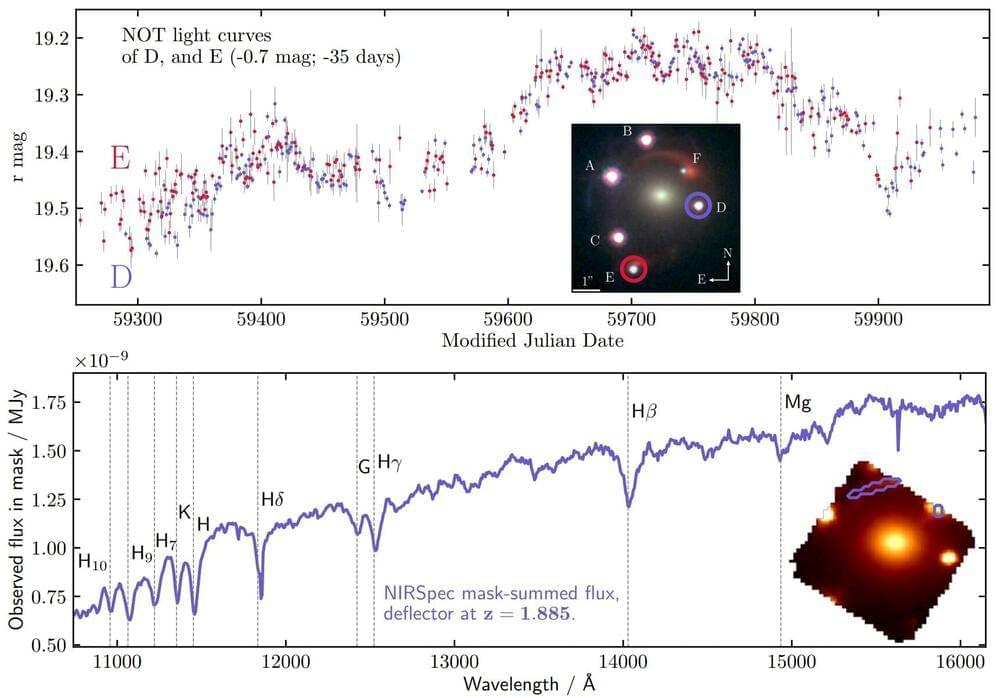

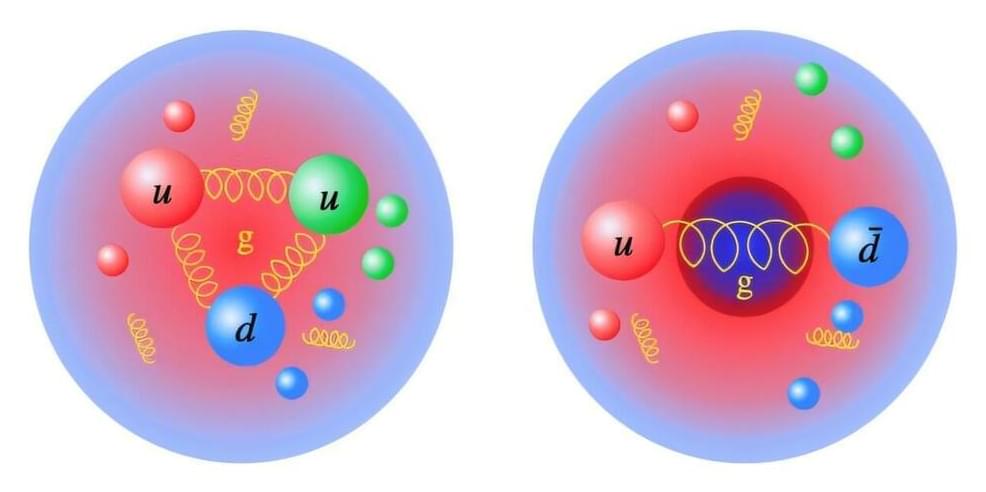
Scientists can determine the mass of subatomic particles that are built from quarks by looking at the particles’ energy and momentum in four-dimensional spacetime. One of the quantities that encode this information, called the trace anomaly, is linked to the fact that physical observables from high-energy experiments depend on the energy/momentum scales involved.

Modern imaging systems, such as those used in smartphones, virtual reality (VR), and augmented reality (AR) devices, are constantly evolving to become more compact, efficient, and high-performing. Traditional optical systems rely on bulky glass lenses, which have limitations like chromatic aberrations, low efficiency at multiple wavelengths, and large physical sizes. These drawbacks present challenges when designing smaller, lighter systems that still produce high-quality images.
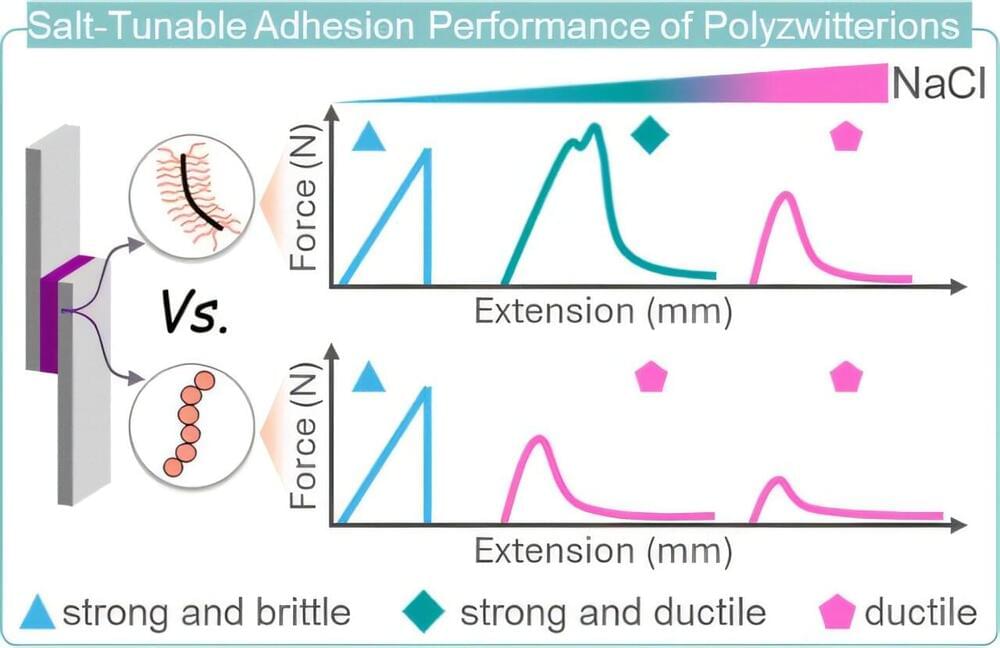
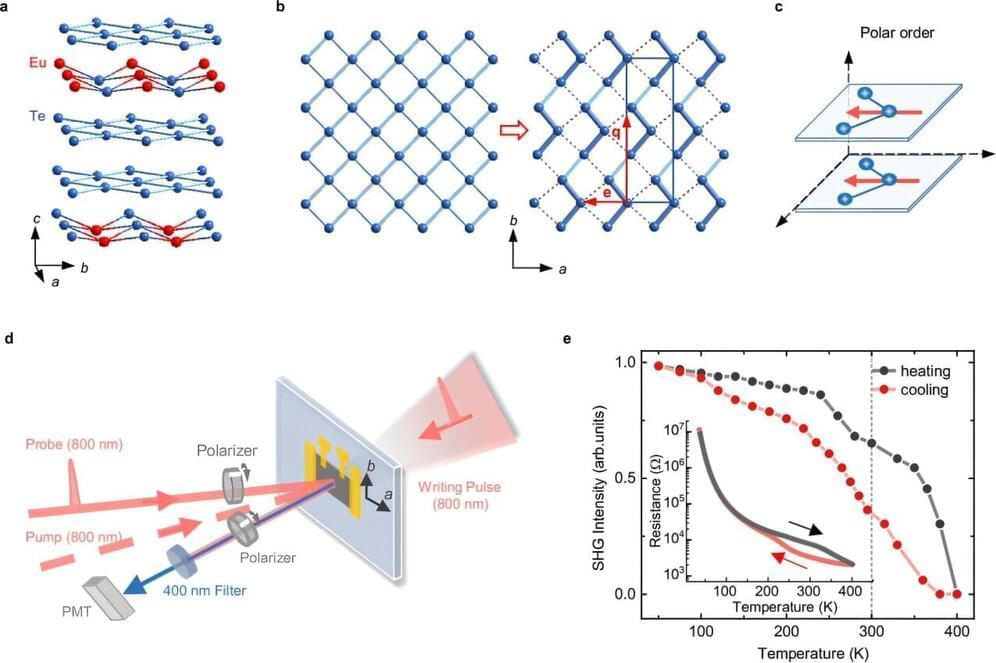
Addressing the challenge of controlling electronic states in materials, the scientific community has been exploring innovative methods. Recently, researchers from Peking University, led by Professor Nanlin Wang, in collaboration with Professor Qiaomei Liu and Associate Research Scientist Dong Wu, uncovered how ultrafast lasers can manipulate non-volatile, reversible control over the electronic polar states in the charge-density-wave material EuTe4 at room temperature.
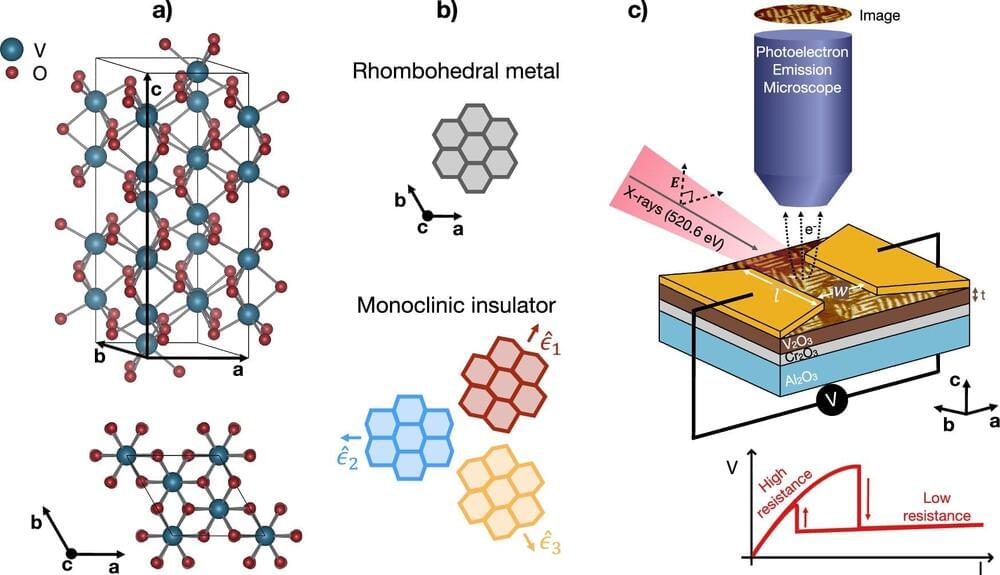
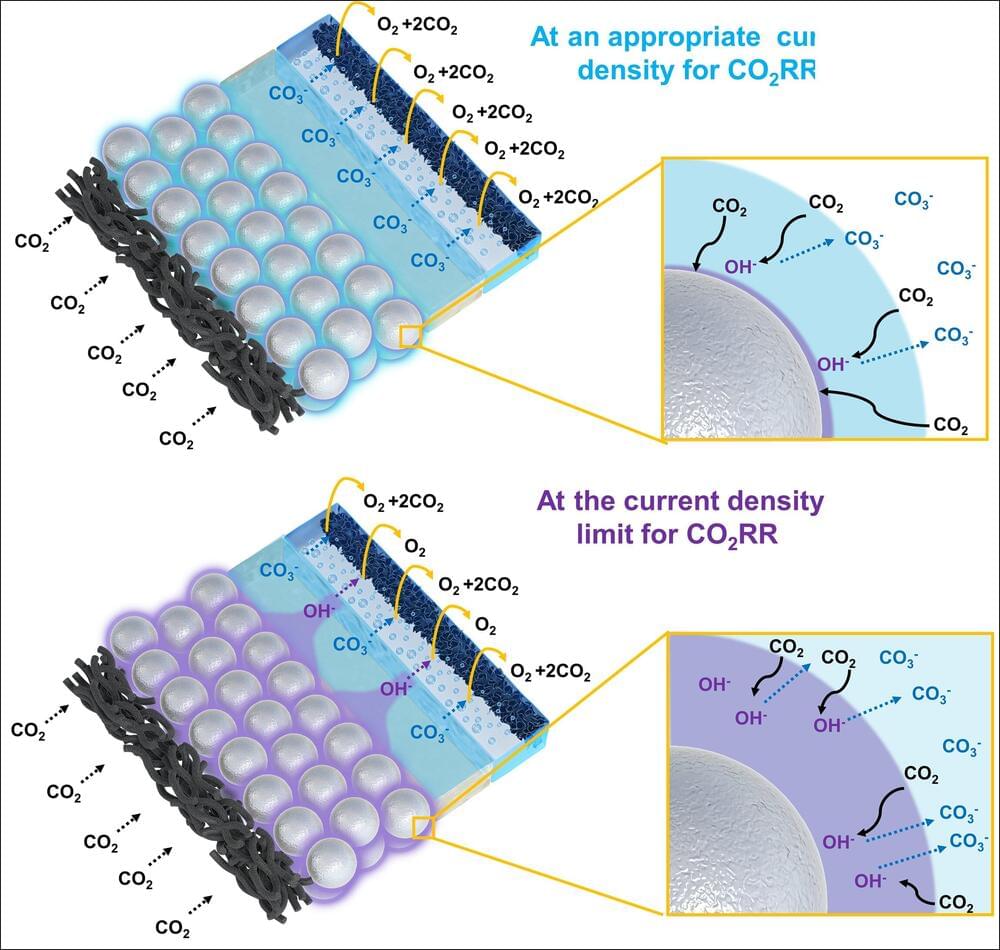
A research team led by Dr. Hyung-Suk Oh and Dr. Woong Hee Lee at the Clean Energy Research Center at Korea Institute of Science and Technology (KIST) has developed a silver-silica composite catalyst capable of reversible local pH control through a silica-hydroxide cycle, inspired by Earth’s natural cycles.
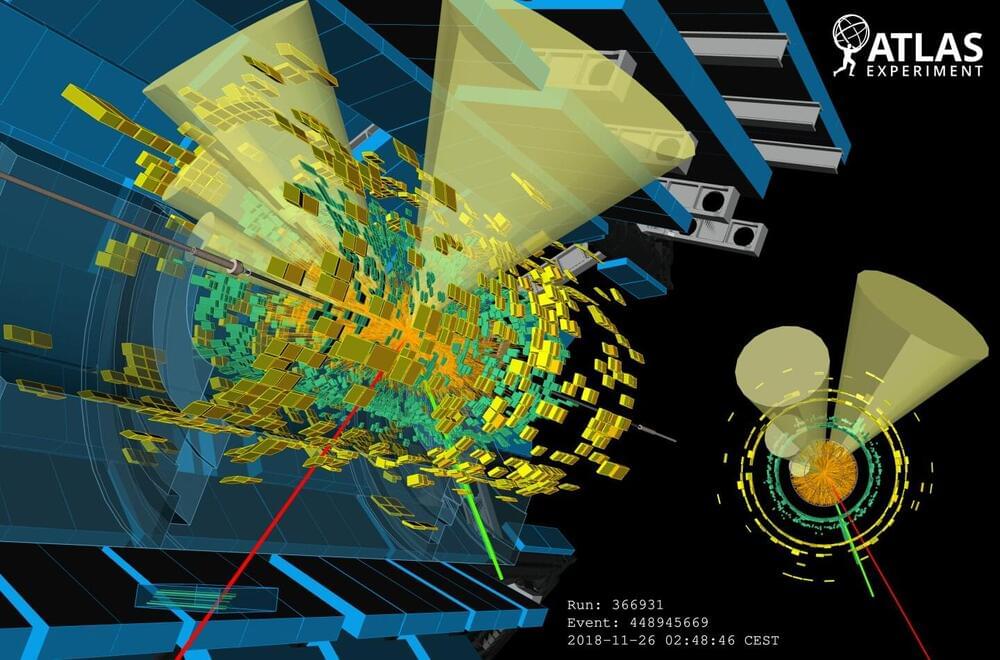

Readers are unable to reliably differentiate AI-generated from human-written poetry and are more likely to prefer AI poems, according to new research published in Scientific Reports. This tendency to rate AI poetry positively may be due to readers mistaking the complexity of human-written verse for incoherence created by AI and an underestimation of how human-like generative AI can appear.

Fortunately, linguists have developed sophisticated tools using information theory to interpret unknown languages.
Just as archaeologists piece together ancient languages from fragments, we use patterns in AI conversations to understand their linguistic structure. Sometimes we find surprising similarities to human languages, and other times we discover entirely novel ways of communication.
These tools help us peek into the “black box” of AI communication, revealing how AI agents develop their own unique ways of sharing information.